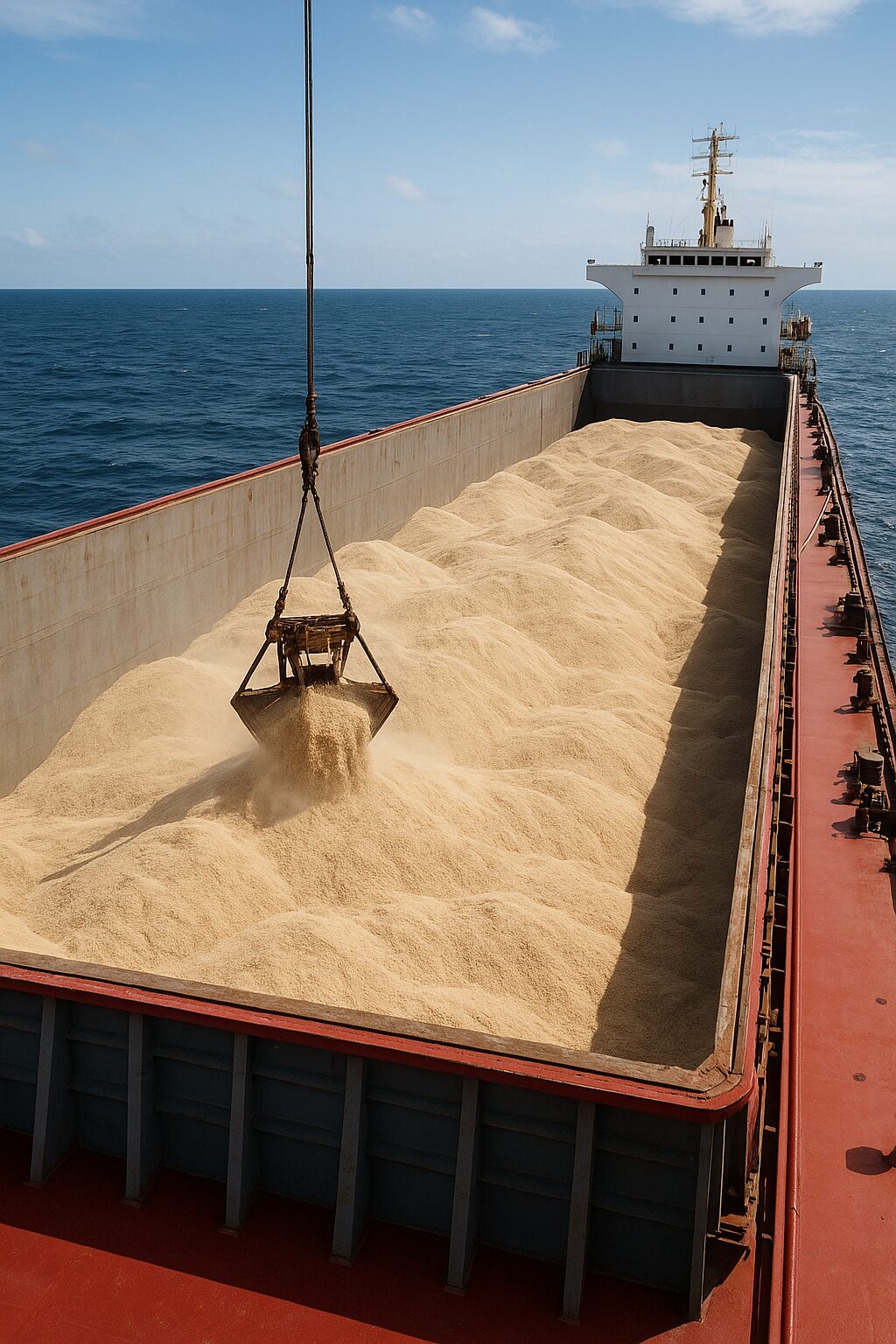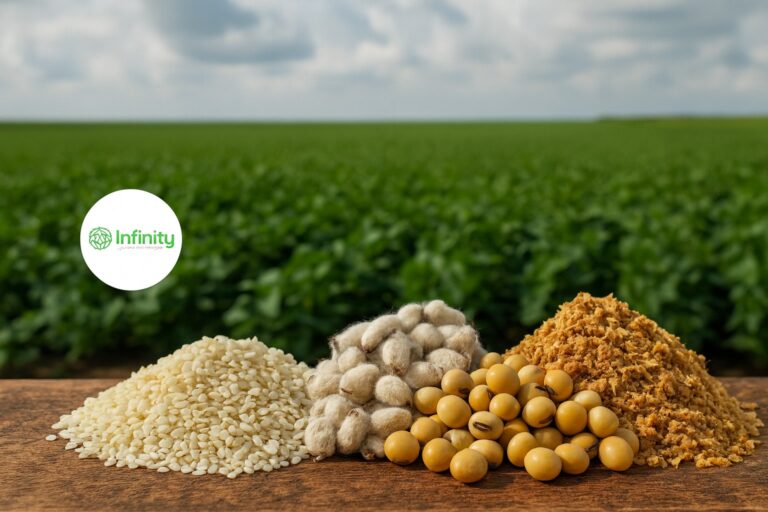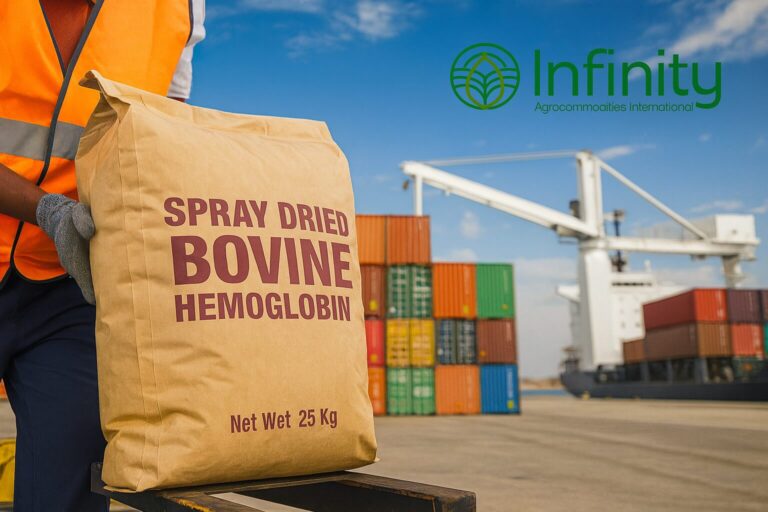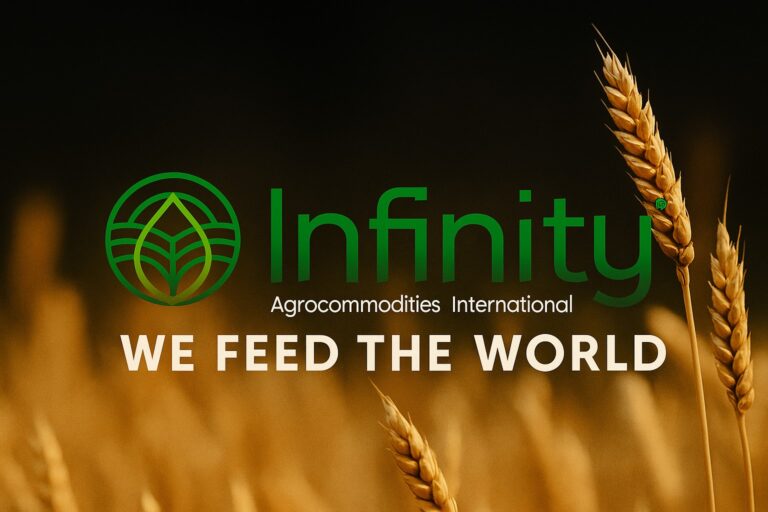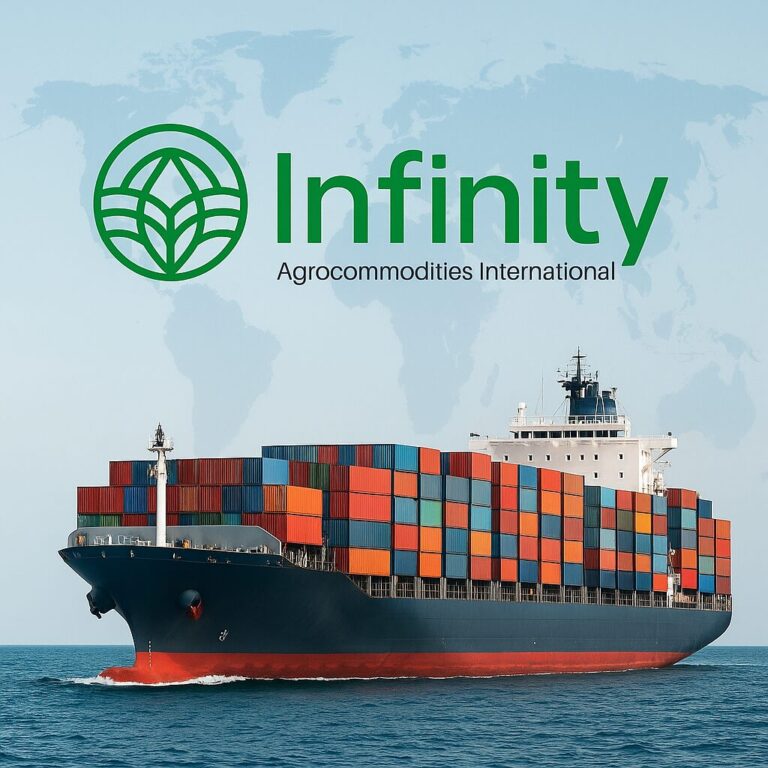Global marine ingredient production faces challenges from weather conditions and raw material scarcity, while China projects a rebound in demand for the second half of the year.
The first anchovy fishing season in Peru’s North-Central region for 2025 officially concluded on July 23 after a high proportion of juvenile fish was detected in daily catches. Despite the early end to the season, more than 80% of the total 3 million metric ton anchovy quota was caught. The closure decision, made by Peruvian fishing authorities, was supported by the Peruvian Sea Institute (IMARPE) to ensure the sustainability of the biomass. With the northern season over, the second fishing season has now begun in the country’s southern region.
EUROPE AND THE UK – According to the latest report from the International Fishmeal and Fish Oil Organization (IFFO), cumulative fishmeal production in the early months of 2025 has decreased, primarily due to lower output in European countries, particularly Northern Europe. Although other IFFO member countries recorded growth, the low performance in this region, coupled with low oil extraction rates in Peru, has led to a slight drop in overall global fish oil production. This contrasts with IFFO’s initial predictions, which estimated production for the year at 5.6 million tons of fishmeal and 1.2-1.3 million tons of fish oil.
CHINA – Domestic production of marine raw materials in China remains low as the coastal fishing ban has been in effect throughout the summer. During this period, the industry is heavily reliant on frozen fish and by-products from processing plants. However, a positive shift is expected in the second half of 2025. An increase in stocking activity, along with falling feed costs and a better profit outlook for aquaculturists, suggests that demand for aquafeed could rebound strongly. At its June summit in Foshan, IFFO noted that Chinese demand for marine ingredients could even surpass 2024 levels, which would drive up global demand for fishmeal and fish oil.
